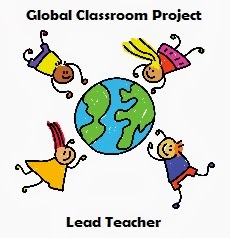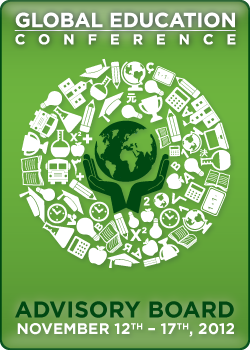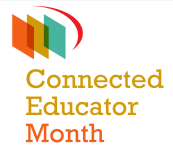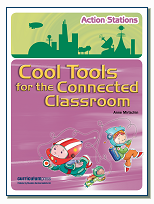My son Jonathan is a structural engineer. Last year he worked on a multi – storied building project being built in an Italian city. The builder was from Italy, the architect from France and Jonathan was working in a London office. Three different languages/cultures all working on one project. They had to work as a virtual team, working around the issue of several languages.
Welcome to a global world that is connecting at an increasing rate. As educationalists we must prepare our students for such a world and as such, I am passionate about global education. When the Global education 2010 conference was first brought to my attention, I was keen to be actively involved.
Why should global education and projects be part of our classrooms? Here are some reasons:-
- Enables project based learning – ensuring effective and engaging learning.
- Opportunity to share cultures, religions, ideas, passions, issues across the globe
- Prepare for life, work and play in a’ flat world’ as Tom Friedman describes it
- Learn digital citizenship skills;lk
- Learnt netiquette, online responsible learning, plagiarism
- Digital literacy
- Increase knowledge of geography and history
- Enable self directed learning
- Skills for life long learning
- Awareness of global issues
- Parental involvement
Pedagogy
Teaching in the State of Victoria, in Australia, teachers follow the VELS (Victorian Essential Learning Standards) set up by DEECD (Department of Education and Early Childhood Development) . As such globalisation fits in as follows:-
- Years 9/10 students work at 6.75 of Community Engagement dimension (VELS) – investigate responses to issues such as global warming, world poverty etc, examine the extent to which the international community is cohesive and able to manage conflict.
- From the Global Citizenship strategy, introduced by DEECD “students are equipped with skills, knowledge and attitudes needed to prosper and thrive in a world characterised by global mobility and cultural, political and economic connectivity.”
- “Learning connects strongly with communities and practise beyond the classroom.” (PoLTS, Policies of Learning and Teaching)
How do we help students come to terms with globalisation
- Involve and immerse them in collaborative, interactive global projects.
- Empower them to establish personal learning networks that extend across the globe
- Teach good verbal communication tools, use of translators, use of digital media, digital music, alternatives to text, coping strategies etc
- Work with other countries in synchronous and non-synchronous time
- Practice with and a wide variety of tools that can be used to connect, communicate and create together.
- Compile codes of online conduct in various situations
- Follow appropriate netiquette
- Establish good digital footprints
- Provide opportunities for travelling to other countries, whilst still at school
- Involve parents and other community members as much as possible
Examples of asynchronous connections
- Blogs
- Wikis
- Nings or alternative social networking sites
- Google applications
- Wall wisher
- www.flickr.com an online image sharing site
- screencasting
Examples of tools to enable sychronous connections
- Liveblogging
- Videoconferencing with skype and MS Communicator etc
- virtual classroom: elluminate and DiscoverE
- Back channels eg chatzy, twitter tinychat
- Google applications – documents, sheet, presentation
- Virtual worlds – reactiongrid in Open Sim and Quest Atlantis
- superclubsPLUS – “facebook” for the young, safe environment
- titanpad, ietherpad etc
- Edmodo and there are many more.
The greatest challenges
- Time zones can be most confusing – days, times etc
- Time management – requires extra time commitment and high order organisational skills
- Languages – different languages, different terms used, slang, accents, different cultures are offended by different phrases/words
- Cultural differences and expectations
- Religious differences
- Infrastructure – poor infrastructure in the developing countries/county areas etc
- Access to mobile technology
- Leadership within schools
- Differing holiday periods – especially the long summer breaks
- Testing and Examination times
- Age restrictions on online interactive networking software (if working with younger children)
Personal characteristics required of the teacher or facilitator
- Risk taking
- Passion
- Patience
- Enthusiasm
- Sense of humour
- High organisational skills
- A passion for learning
- Willingness to admit mistakes and move on
- Ability to work in a team



















 Twitter/murcha
Twitter/murcha Del.icio.us/murcho
Del.icio.us/murcho GMail/Anne M
GMail/Anne M Blog/Anne M
Blog/Anne M
Pingback: Tweets that mention Global Education is no longer an option – it is essential! | On an e-journey with generation Y -- Topsy.com